At an altitude of 21,000 feet, a Mallard was once hit by a jet plane in Nevada.
Ducks are a common sight, often seen in family groups at local parks. They may not be exotic but are biologically fascinating.
Most people wonder whether a duck’s quack echoes or not, but there are many more unique qualities that make them interesting. How much do we really know about ducks?
Here are some underrated facts about these birds.
Duck Feet Don’t Feel Cold
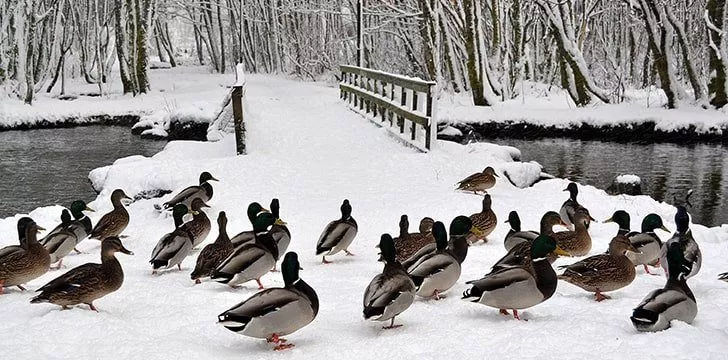
Ducks can waddle in the snow or swim in cold water without any discomfort because their feet have no nerves or blood vessels.
While their feathers keep their bodies warm, they don’t need anything to protect their feet from the cold.
Duck Quacks Echo

Although it can be difficult to hear due to the tone of the quack, duck quacks do echo. The sound fades in and out, making it hard to distinguish between the original quack and the echo.
Ducks Eat Rocks
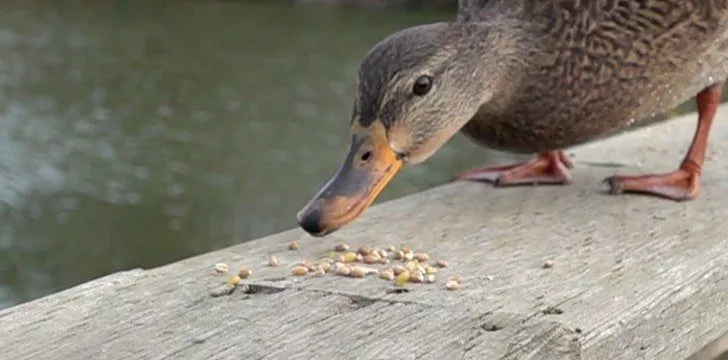
Ducks eat gravel, small stones, or sand, which they store in their gizzards and use to help break down their food.
It’s an unusual way to aid digestion, but it works!
Ducks Have Three Eyelids
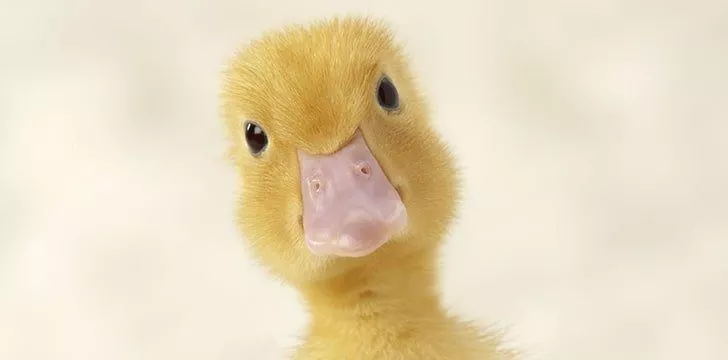
Ducks have excellent vision and a field of vision of almost 340 degrees because their eyes are on the sides of their heads.
They can see objects near and far simultaneously due to the shape of their eyes. Furthermore, ducks can see in color!
Check out this infographic on how animals view the world.
Ducks Have Different Names

Drakes are male ducks, hens are female ducks, and ducklings are baby ducks. But all ducks, regardless of their name, are adorable!
The Fastest Duck is a Red-breasted Merganser
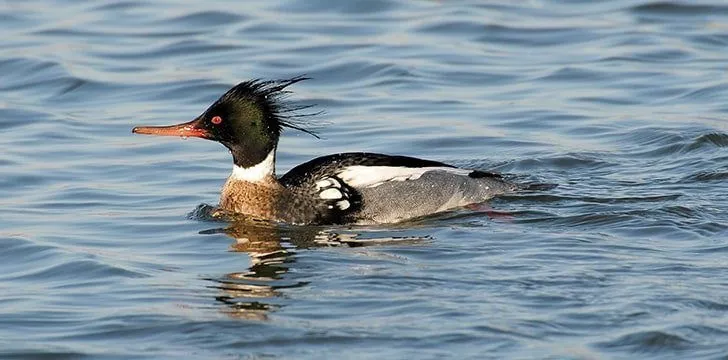
While being pursued by a plane, a Red-breasted Merganser was once recorded flying at over 100 miles per hour, breaking the original record set by a Canvasback duck flying at 72 mph.
Ducks Can Fly as High as Airplanes
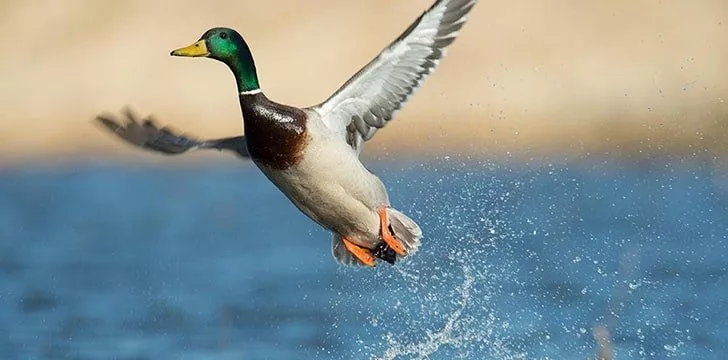
Ducks typically migrate between 200 and 4,000 feet in the air, but they can reach much higher altitudes.
At a height of 21,000 feet, a Mallard duck was hit by a jet plane flying over Nevada, marking the highest recorded flight of any duck. Mallard ducks are difficult to approach due to their alertness, even while sleeping. When sleeping in groups, some ducks act as guards with one eye open to control which side of their brain stays awake. Ducklings mature quickly and become independent shortly after hatching. They are born with their eyes open and down feathers to keep warm. Preening is how ducks groom themselves, removing dust, dirt, and parasites. They spread waterproof waxy oil across their feathers while preening. These interesting duck facts show that these water birds are more fascinating than we may have thought. Share your favorite duck facts with a friend!
FAQ
1. How long do ducks live?
Ducks can live anywhere from 2-12 years depending on the species and their environment. Wild ducks tend to have shorter lifespans due to predators and other dangers, while domestic ducks can live longer with proper care and nutrition.
2. Do all ducks fly?
Yes, all ducks are capable of flight. However, some species of ducks are better flyers than others. Ducks use their wings to fly, swim, and balance on land.
3. What do ducks eat?
Ducks are omnivores and eat a variety of foods including insects, small fish, plants, and grains. Domestic ducks also eat commercial feed. It’s important to provide ducks with a balanced diet to keep them healthy.
4. How do ducks keep themselves warm in cold weather?
Ducks have a special oil on their feathers that helps to repel water and keep them dry. This oil also acts as an insulator, keeping ducks warm in cold weather. Additionally, ducks will fluff up their feathers to create air pockets that trap heat close to their bodies.

Zayn Anderson is a prolific writer with a passion for uncovering the world’s intriguing facts. Armed with an insatiable curiosity, he delves into various subjects, from history and science to nature and technology.
